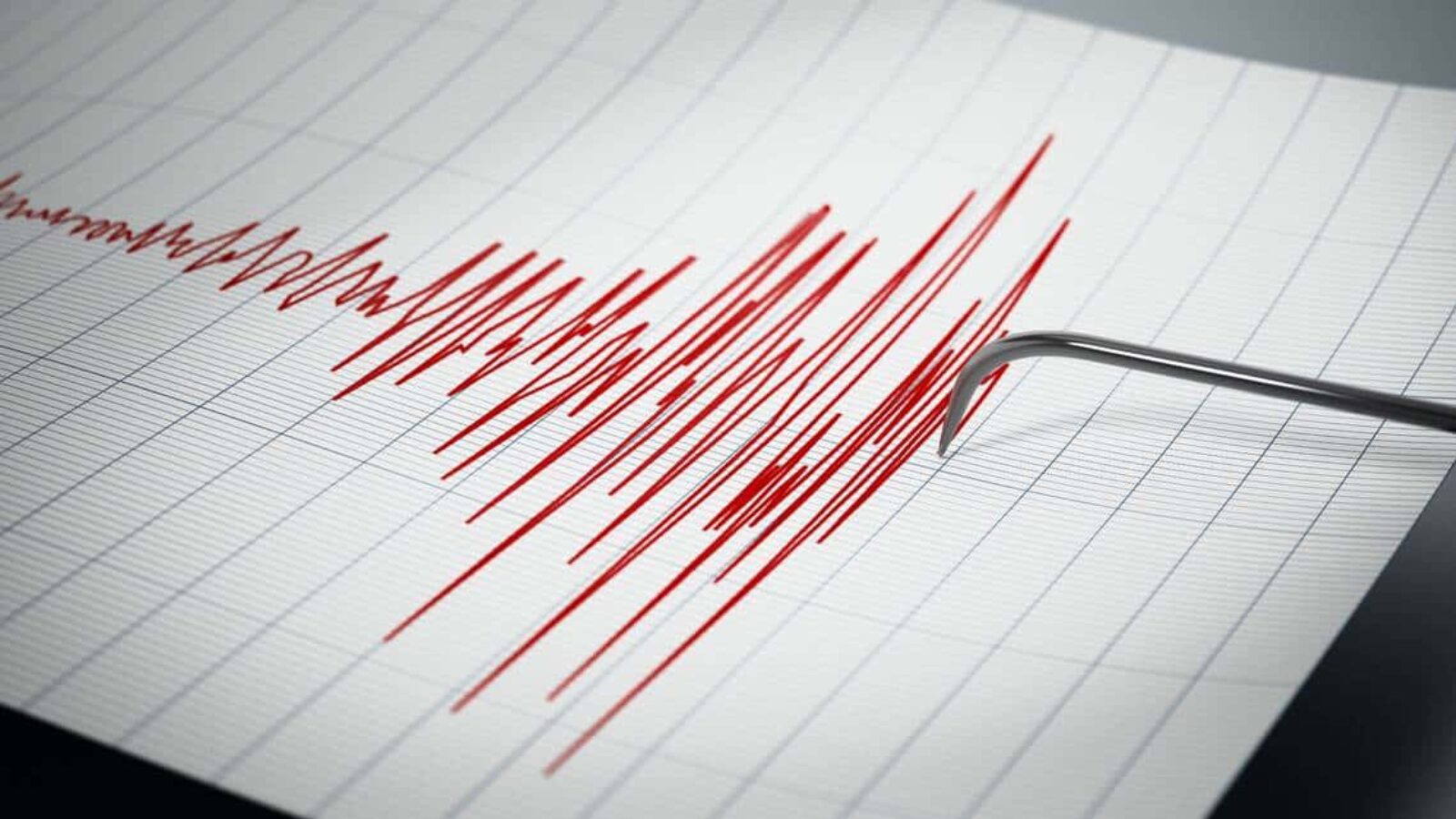A series of earthquakes ranging from 3.2 to 4.5 magnitude rocked the rural Salton Sea region in Southern California near the Mexican border over the weekend. The earthquakes all came in waves, with the first round giving off around 50 tremors and the second round about 25 tremors. Luckily, due to most of the activity being in and just around a massive lake, only around 60 people were said to experience effects from the earthquakes.
THE SACRAMENTO BEE: SWARMS OF QUAKE SHAKE SALTON SEA REGION IN SOUTHERN CALIFORNIA, SEISMOLOGISTS SAY
By Don Sweeney; April 30, 2023
Two swarms of earthquakes reaching up to 4.5 magnitude rattled the Salton Sea region of Southern California, the U.S. Geological Survey reports.
The first swarm began at 12:08 p.m. Saturday, April 29, in Heber near the U.S.-Mexico border, about 60 miles south of the Salton Sea, the USGS reported. It included nearly 50 tremors reaching up to 3.7-magnitude, felt by about 60 people.
The quakes continued overnight, with one hitting at 5:12 a.m. Sunday, April 30. A second swarm began at 12:09 a.m. Sunday, April 30, near Niland on the southern shore of the Salton Sea, consisting of more than 25 tremors with one of the latest hitting at 5:28 a.m.
The largest, a 4.5-magnitude quake, was felt by about 30 people, according to the USGS. Other quakes in the swarm reached up to 4.1 magnitude.
A 3.2-magnitude quake hit near Ocotillo Wells 30 miles west of the Salton Sea at 10:55 p.m. Saturday, April 29, followed by smaller aftershocks, the USGS reported.
The Salton Sea is a shallow, landlocked body of highly saline water about 180 miles southeast of Los Angeles. It is about 45 miles long and 20 miles wide.
WHAT TO KNOW ABOUT EARTHQUAKES
Magnitude measures the energy released at the source of the earthquake, the U.S. Geological Survey says. It replaces the old Richter scale.
Quakes between 2.5 and 5.4 magnitude are often felt but rarely cause much damage, according to Michigan Tech. Quakes below 2.5 magnitude are seldom felt by most people.
Earthquakes’ sudden, rapid shaking can cause fires, tsunamis, landslides or avalanches. They can happen anywhere, but they’re most common in Alaska, California, Hawaii, Oregon, Puerto Rico and Washington, according to the Department of Homeland Security.
If an earthquake strikes, it’s best to protect yourself right away. Here are tips from experts:
If you’re in a car: Pull over and stop. Set your parking brake.
If you’re in bed: Turn face-down and cover your head with a pillow.
If you’re outdoors: Stay away from buildings. Don’t go inside.
If you’re inside: Stay and don’t run outdoors. Stay away from doorways.
The best way to protect yourself during an earthquake is to drop, cover and hold on, officials say.
“Wherever you are, drop down to your hands and knees and hold onto something sturdy,” officials say. “If you’re using a wheelchair or walker with a seat, make sure your wheels are locked and remain seated until the shaking stops.”
Be sure to cover your head and neck with your arms, and crawl under a sturdy table if possible. If no shelter is available, crawl to an interior wall away from windows.
Once under a table, officials say you should hold on with one hand and be ready to move with it.
“There can be serious hazards after an earthquake, such as damage to the building, leaking gas and water lines, or downed power lines,” officials say. “Expect aftershocks to follow the main shock of an earthquake. Be ready to Drop, Cover, and Hold On if you feel an aftershock.
Photo: Getty Images/iStockphoto
